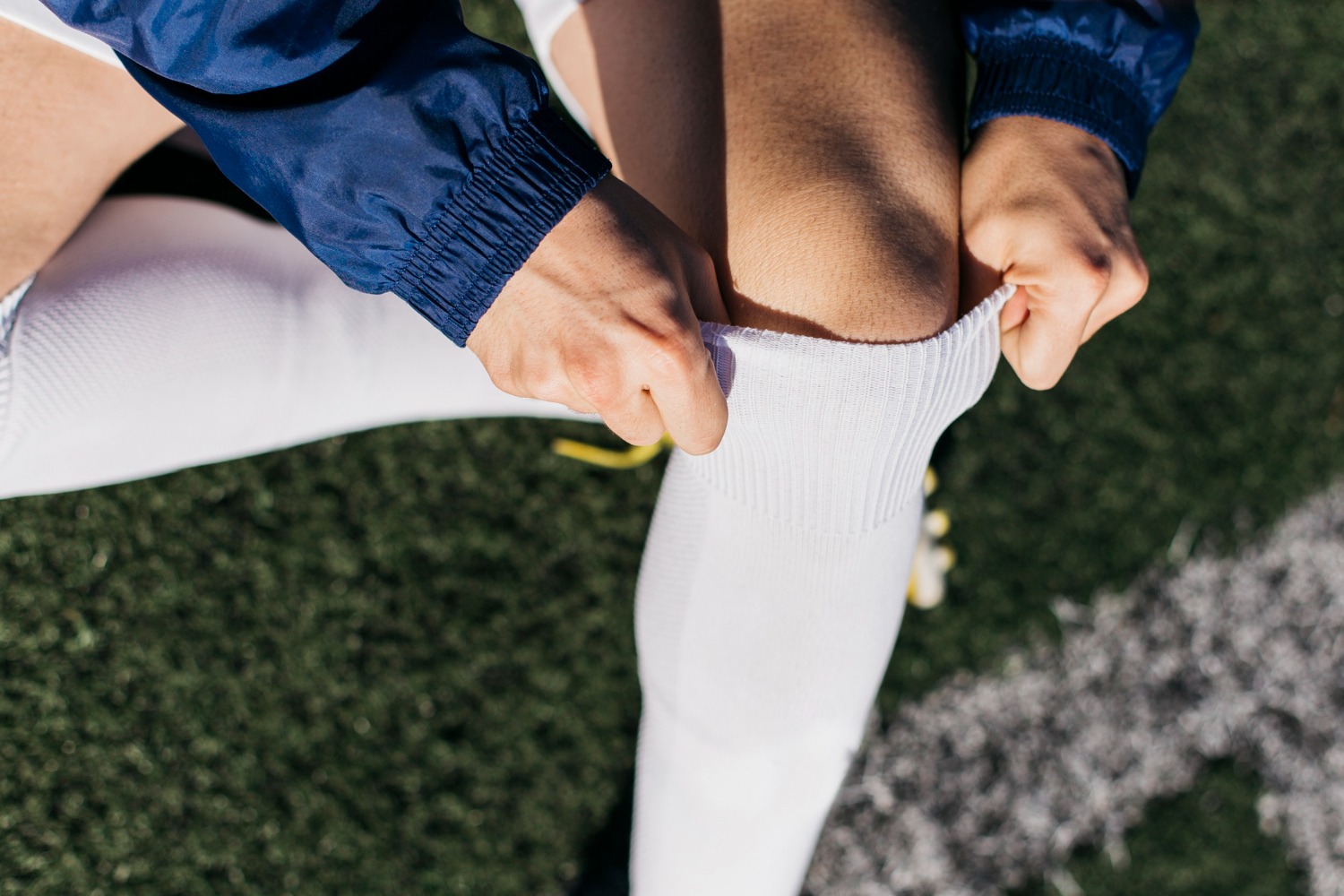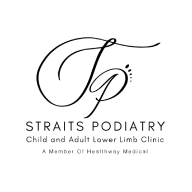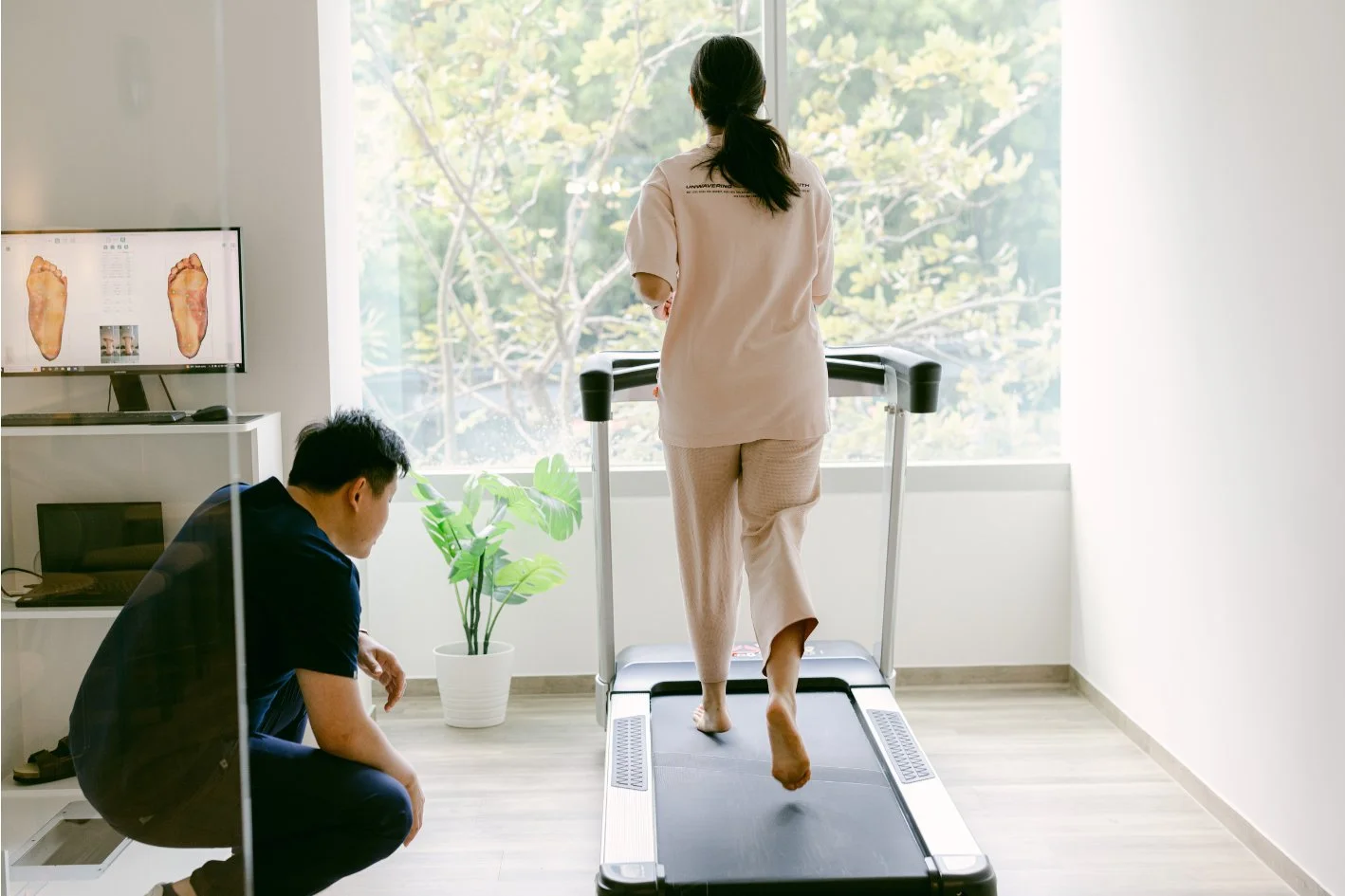Ankle injuries are common for many people, from sports enthusiasts to everyday walkers. Whether it’s a sprain, strain or fracture, dealing with ankle injuries can be frustrating and disruptive to your daily life. The good news is that with proper care and a balanced approach, you can effectively recover and get back on your feet.
Understanding Ankle Injuries
Before diving into the recovery process, it’s essential to understand the different types of ankle injuries. Ankle sprains are the most common, occurring when the ligaments supporting the ankle joint are stretched or torn. Ankle strains involve damage to the muscles or tendons around the ankle, while fractures are breaks in the ankle bones.
Early and accurate diagnosis is crucial for effective ankle injuries treatment. Ignoring or mishandling ankle injuries can lead to complications, including chronic pain, instability and even arthritis.
The Crucial Role of Rest in Ankle Injuries Treatment
When it comes to healing ankle injuries, rest is paramount. The initial stages of recovery require complete rest to allow the injured tissues time to repair. Your doctor might recommend using an ankle brace or boot to immobilise the joint and prevent further damage.
While resting is essential, managing discomfort and pain effectively is significant. Over-the-counter pain relievers, ice packs and elevation can help alleviate symptoms in the early stages.
The Benefits of Controlled Activity for Ankle Injury Recovery
While rest is crucial for the initial healing of ankle injuries, it’s equally important to gradually introduce controlled activity into your recovery plan. Explore the advantages of regulated activity and how it can positively impact your ankle injuries treatment.
Improve Blood Circulation
Engaging in gentle movement helps increase blood flow to the injured area. This delivers essential nutrients and oxygen, accelerating healing and reducing swelling.
Prevent Stiffness and Muscle Atrophy
Prolonged inactivity can lead to stiffness and muscle weakness in the ankle and surrounding areas. Controlled activity helps maintain flexibility and strength, preventing further complications.
Faster Recovery
Incorporating suitable exercises into your routine can expedite healing and allow you to return to normal activities sooner.
Boost Mental Health
Physical activity is known to improve mood, reduce stress and combat feelings of isolation often associated with injuries.
Safe and Effective Exercises for Ankle Injuries Treatment
Once your doctor approves, it’s time to rebuild your ankle’s strength and flexibility. Focus on low-impact exercises that target the ankle joint and surrounding muscles. Here are some examples:
Ankle Circles
Gently rotate your ankle clockwise and counterclockwise to improve your range of motion.
Calf Stretches
Stand facing a wall, place your hands on the wall for support, and gently lean forward while keeping your heel flat on the ground to stretch your calf muscles.
Heel Raises
Stand with your feet shoulder-width apart and slowly rise onto your toes, then lower back down. This exercise helps strengthen the calf muscles.
Balance Exercises
Practice standing on one leg for short periods to improve balance and ankle stability.
Remember to listen to your body and gradually increase the intensity and duration of your exercises. If you experience any pain, stop and rest.
Alternative Activities to Stay Active During Recovery
While focused ankle exercises are essential, incorporating other activities into your routine can help maintain overall fitness and prevent boredom. Here are some options:
Swimming
This low-impact exercise allows you to move your body without putting weight on your ankle. It provides a full-body workout while being gentle on the injured joint.
Cycling (Stationary Bike)
Stationary cycling is a great way to exercise your legs without straining your ankle. It can help improve cardiovascular health and lower body strength.
Upper Body Workouts
Focus on exercises that target your arms, shoulders and core to maintain overall fitness while your ankle heals.
Yoga or Pilates
These practices incorporate gentle movements, stretching and breathing exercises to improve flexibility, balance and core strength.
Remember to choose activities that are enjoyable and suitable for your fitness level. Always consult with your healthcare professional before starting any new exercise regimen.
Preventing Ankle Re-injury
Preventing ankle re-injury is crucial for long-term well-being. Proper footwear with good ankle support can significantly reduce the risk of future ankle injuries. Continuing ankle strengthening exercises can help maintain ankle stability and resilience even after complete recovery.
Furthermore, maintaining a healthy weight can alleviate stress on the ankle joints, reducing the likelihood of re-injury.
Your Journey to Ankle Injury Recovery
Balancing rest and controlled activity is essential for optimal ankle injuries treatment and recovery. While the initial focus should be resting the injured ankle, gradually incorporating specific exercises and alternative activities can significantly speed up healing. Remember, patience and consistency are critical to a successful recovery.
If you’re dealing with an ankle injury and need expert guidance, Straits Podiatry is here to help. Our team of experienced podiatrists can provide comprehensive ankle injuries treatment, including diagnosis, rehabilitation and preventive care. Contact us today to schedule a consultation and take the first step towards a full recovery.








